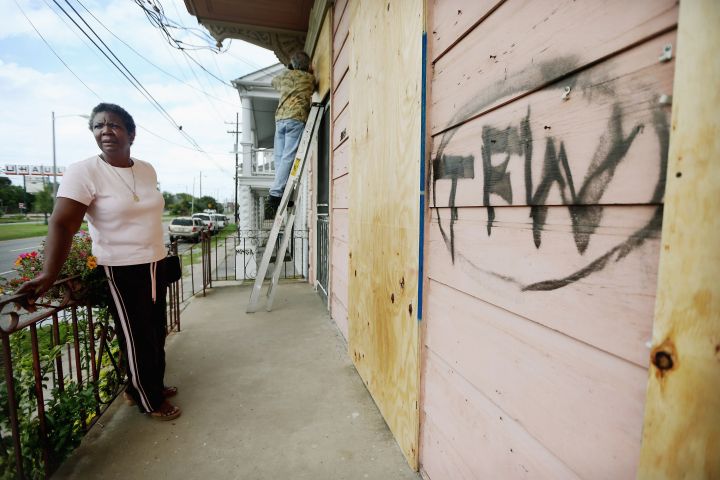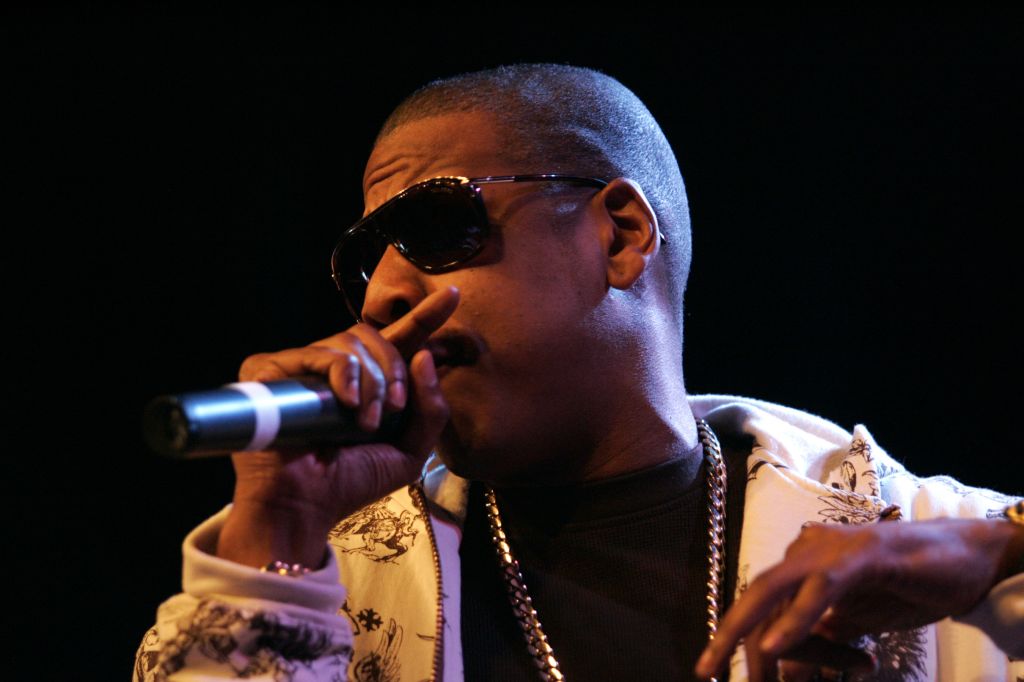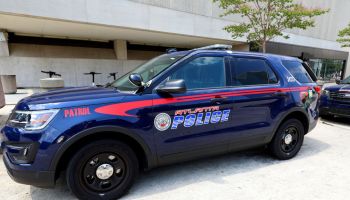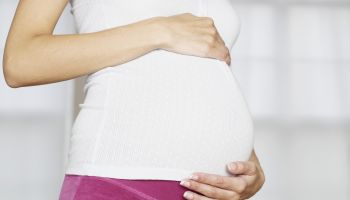10 Years Later: Remembering Hurricane Katrina was originally published on newsone.com
1. Governors Kathleen Blanco of Louisiana and Haley Barbour of Mississippi declared states of emergency, and advised many to leave their homes on Aug. 26. With little preparation, many stayed behind to fight the storm and were left stranded.

2. A family is seen trying to escape the wrath of Hurricane Katrina in the days it wreaked havoc in New Orleans.

3. Over 30,000 were left without their homes and possessions because of the hurricane.

4. The National Guard and UNICEF arrived in New Orleans days after the storm arrived in its worst hit area, the Lower Ninth Ward. In the nation’s history, this was the first time UNICEF was called to provide aid in the United States.

5. Approximately 1,833 deaths were reported in the wake of the hurricane, but with no real memorial or list of the victims, many believe the number is much higher.

6. For a week, 30,000 people took shelter in the Superdome, where they were given food and water. With limited medical help, reports claimed 100 people died, when only four died from exhaustion, another from an overdose, and one from an apparent suicide.

7. Many believed the delay in assistance stemmed from race and class in New Orleans. With the city’s poorest areas hit the worst, conspiracy theories soon followed.

8. When the levees broke on Aug. 29, flooding hit Canal St. The same day, the storm’s hardest winds of 150 miles an hour (240 kilometers an hour) hit the city.

9. More than a million housing units were destroyed during the storm. Half of them were from Louisiana.

10. Because of the storm, half of the city’s population dropped from 484,674 in April 2000 to 230,172 in July 2006.

11. The difference in flooding was shocking to residents. While tourist areas were left undamaged, some places received one foot of flooding and others up to 10 feet of flooding.

12. The majority of relief funds sent to New Orleans by George Bush ($120.5 billion) went to emergency relief ($75 billion), not rebuilding.

13. Private insurance companies provided a total of $30 billion to residents, a lot less than federal aid provided.

14. A reported 600,000 households were still displaced a month after Hurricane Katrina hit New Orleans.

15. In the four days after the levees broke, 140 premature babies were brought to the Woman’s Hospital in New Orleans.

16. Midwives helped deliver 20 healthy babies in the storm’s aftermath.

17. While the city lost most of its residents after they were forced to relocate, a slight growth was seen in the city. In 2013, the Census Bureau reported a 2 percent growth (8,827 people) in the metro city area.

18. From the Salvation Army: “@salvationarmyus continues to be a source of hope, stability, and service to the residents of the Gulf Coast 10 years after #hurricanekatrina. #doingthemostgood”

















